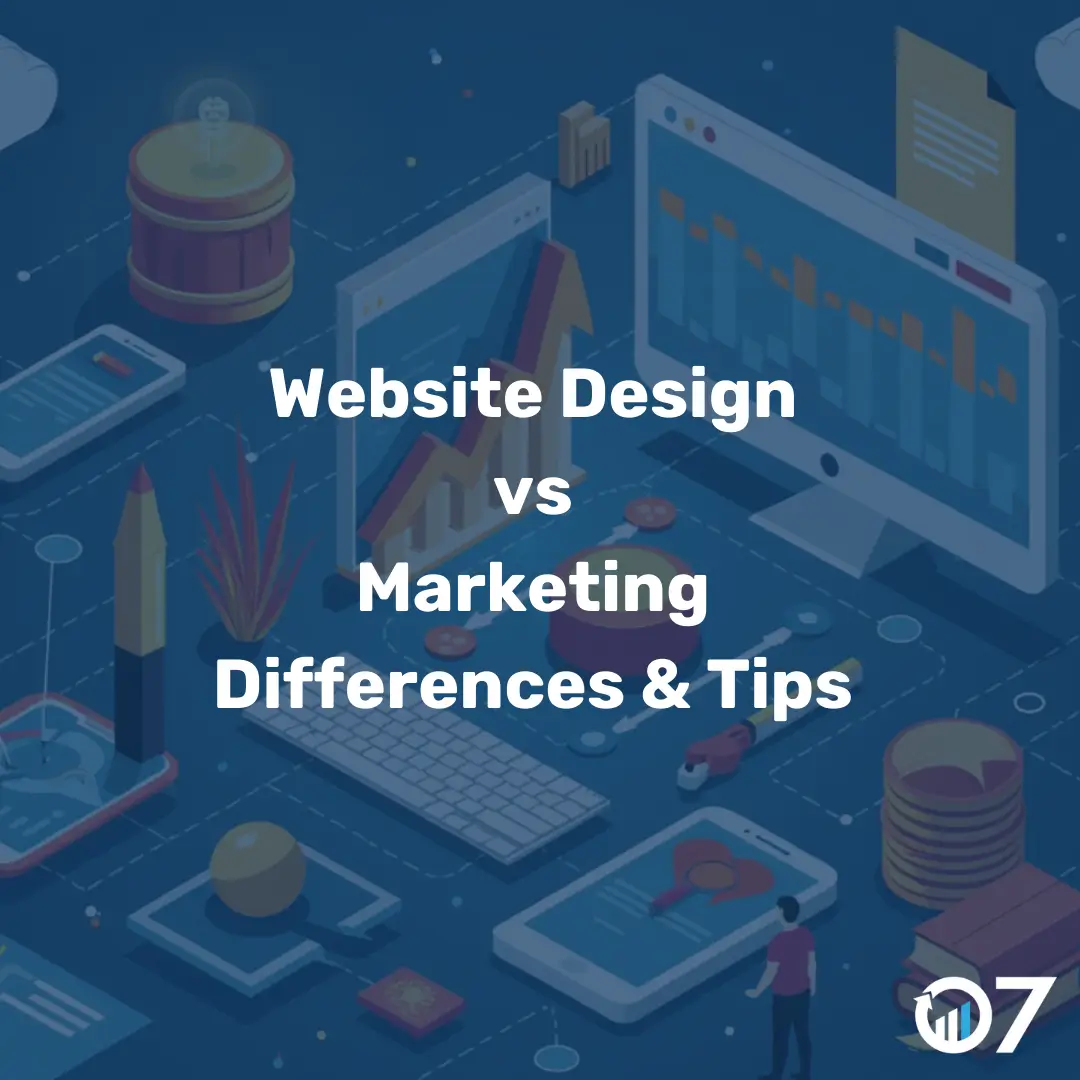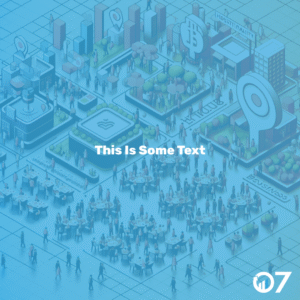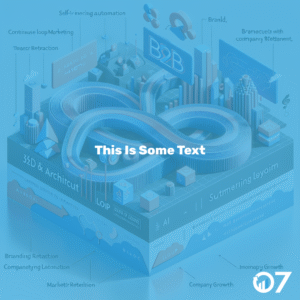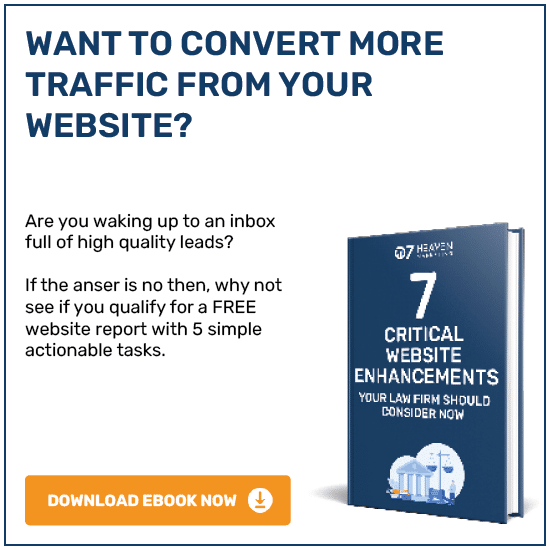Website design vs marketing is a crucial topic for businesses looking to thrive in 2024. Understanding the distinction and synergy between these two elements can significantly enhance your online presence. Read on to discover the key differences and actionable tips to elevate your business.
Last week, I clicked on a Facebook ad that was so compelling. But upon landing on the website, I was met with a chaotic layout, clashing colours, and unreadable text. It was an instant turn-off, and I closed the tab faster than I clicked on the ad. This experience underscores the importance of both effective marketing and excellent website design. Let’s dive into the key differences and how you can leverage both for your business.
What is Website Design?
Website design encompasses the aesthetics and functionality of your website. It involves everything from layout and colour schemes to typography and user interface. A well-designed website is visually appealing, easy to navigate, and provides a seamless user experience.
Key Elements of Website Design
1. Layout: The structure of your website, including the arrangement of text, images, and other elements.
2. Colour Scheme: The palette of colours used throughout your site, which should align with your brand identity.
3. Typography: The fonts and text styles used, which should be readable and consistent.
4. User Interface (UI): The design of the interactive elements that users engage with, such as buttons and forms.
Why Website Design Matters
A well-designed website not only attracts visitors but also keeps them engaged. It enhances user experience and can significantly impact your conversion rates. A poorly designed website, on the other hand, can drive potential customers away.
What is Marketing?
Marketing involves promoting and selling products or services. It encompasses various strategies and tactics to reach and engage your target audience. Effective marketing creates awareness, generates leads, and drives sales.
Key Elements of Marketing
1. Content Marketing: Creating and sharing valuable content to attract and engage your audience.
2. SEO (Search Engine Optimisation): Optimising your website and content to rank higher in search engine results.
3. Social Media Marketing: Using social media platforms to promote your brand and engage with your audience.
4. Email Marketing: Sending targeted emails to nurture leads and convert them into customers.
Why Marketing Matters
Marketing is essential for attracting and retaining customers. It helps build brand awareness, generate leads, and drive sales. Without effective marketing, even the best-designed website will struggle to attract visitors.Website Design vs Marketing: The Key Differences
While website design and marketing are closely related, they serve different purposes. Website design focuses on creating a visually appealing and functional site, while marketing aims to attract and engage visitors.
Purpose
– Website Design: Enhances user experience and makes your site visually appealing.
– Marketing: Attracts and engages visitors, ultimately driving sales.
Focus
– Website Design: Aesthetics, usability, and functionality.
– Marketing: Content creation, promotion, and lead generation.
Skills Required
– Website Design: Graphic design, UI/UX design, and coding.
– Marketing: Content creation, SEO, social media management, and analytics.
How Website Design and Marketing Work Together
While website design and marketing serve different purposes, they are interdependent. A well-designed website enhances the effectiveness of your marketing efforts, and effective marketing drives traffic to your website.
Enhancing User Experience
A well-designed website provides a seamless user experience, making it easier for visitors to navigate and find the information they need. This enhances the effectiveness of your marketing efforts by keeping visitors engaged and reducing bounce rates.
Optimising for SEO
Good website design includes SEO best practices, such as fast loading times, mobile responsiveness, and clean code. These factors improve your search engine rankings, making it easier for potential customers to find your site.
Creating a Cohesive Brand Identity
Consistent branding across your website and marketing materials creates a cohesive brand identity. This enhances brand recognition and builds trust with your audience.
Tips for 2024: Elevating Your Website Design and Marketing
1. Prioritise Mobile Responsiveness: Ensure your website is mobile-friendly, as more users are browsing on mobile devices.
2. Focus on User Experience: Invest in UI/UX design to create a seamless user experience.
3. Leverage Analytics: Use analytics to track user behaviour and optimise your website and marketing strategies.
4. Invest in High-Quality Content: Create valuable, engaging content that resonates with your audience.
5. Utilise Social Media: Use social media platforms to promote your content and engage with your audience.
6. Optimise for SE: Implement SEO best practices to improve your search engine rankings.
7. Use Email Marketing: Nurture leads and convert them into customers with targeted email campaigns.
8. A/B Testing: Continuously test and optimise your website design and marketing strategies.
Real-Life Examples Website Design vs Marketing
Example 1: Apple
Apple’s website is a prime example of excellent website design. It features a clean, minimalist layout, consistent branding, and a seamless user experience. Apple’s marketing efforts, including content marketing and social media, drive traffic to their well-designed website, creating a cohesive brand experience.
Example 2: HubSpot
HubSpot excels in both website design and marketing. Their website is visually appealing and easy to navigate, with a strong focus on user experience. HubSpot’s marketing strategies, including content marketing and SEO, drive traffic to their site and generate leads.
Example 3: Nike
Nike’s website combines stunning visuals with a user-friendly interface. Their marketing efforts, including social media and content marketing, drive traffic to their site and engage their audience. Nike’s consistent branding across their website and marketing materials creates a cohesive brand identity.
Conclusion
Understanding the key differences between website design and marketing is crucial for businesses looking to thrive in 2024. While they serve different purposes, they are interdependent and work together to enhance your online presence. By investing in both website design and marketing, you can attract and engage visitors, build brand awareness, and drive sales.
For more insights and tips, visit our blog or contact us via email at info@07hm.co.uk or telephone 01702 410663. Let’s elevate your business together!





